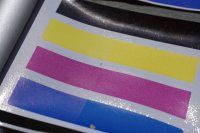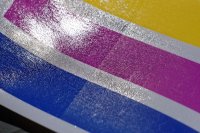- Joined
- Dec 27, 2014
- Messages
- 6,343
- Reaction score
- 7,556
- Points
- 373
- Location
- Germany
- Printer Model
- L805, WF2010, ET8550, T3100X
Just send you a PM.. but it only works with 3800 and driver 5.5, not newer. No 3880, but r285, 1400 and some more... And wish someone had the EPSON udps printer utility because I still have not found any links
I didn't consider that either when I started to look into the fading question. I started off to think - it's the ink , but did not have any idea how much more complex it became . And I hope that the testing will come to an end pretty soon, otherwise it would become endless with more inks and more papers etc@Ink stained Fingers, that’s a very interesting way of looking at which paper /ink combination to use when printing something, I would never have considered that in my wildest imagination.

